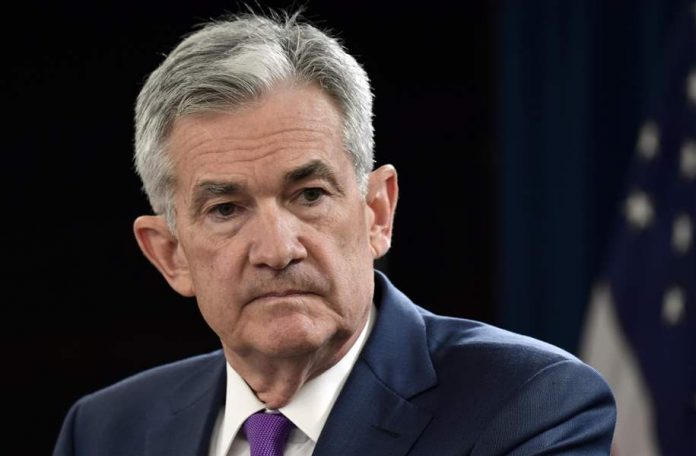Another day, another new all-time high for the market. Stocks continued their record-setting run this morning as corporate earnings beat estimates once more. The Dow saw the biggest gains of the day while the S&P followed closely behind. The tech-heavy Nasdaq Composite traded flat.
PNC Financial (NYSE: PNC) became the latest bank to report its quarterly results. It surpassed expectations just like its peers, thanks to strong performance out of the bank’s trading and investment banking divisions. Morgan Stanley (NYSE: MS) also beat estimates in a similar manner.
But perhaps the most interesting thread to follow is the Dow’s sudden resurgence. The growth-to-value rotation got put on hold last week as tech surged.
Today, however, that rotation could be spinning up once more.
“The Dow’s push through 34,000 is a signal that investor appetite for future growth prospects is spilling over into more value-oriented names,” explained Commonwealth Financial Network’s head portfolio manager, Peter Essele.
“The demand for industrials and more cyclically-oriented areas should continue as the vaccines take hold and earnings potentially come in higher than originally expected.”
Other analysts felt the same way. Wells Fargo econometrician Azhar Iqbal said as much in a recent note:
“Rising animal spirits, in addition to historic fiscal stimulus and an improving public health picture, underpin our expectation for further improvement in economic activity over the coming months.”
Almost every investor believes that more economic activity is coming. The question is how much growth is too much, and whether it will outpace something else that’s increasing in size – U.S. debt.
“The U.S. federal budget is on an unsustainable path, meaning simply that the debt is growing meaningfully faster than the economy,” warned Fed Chairman Jerome Powell in a webinar sponsored by the Economic Club of Washington D.C.
“And that’s, by definition, unsustainable over time. It’s a different thing to say the current level of the debt is unsustainable. It’s not. The current level of debt is very sustainable. And there’s no question of our ability to service and issue that debt for the foreseeable future.”
In other words, the national debt is growing at an unsustainable pace. But it’s not on a completely uncorrectable course according to Powell. Nor is the current debt level crippling in any way.
Powell said the U.S. will eventually need to “get back to a sustainable path” when the opportunity presents itself.
“That is something that is best done in very good times when the economy is at full employment and when taxes are rolling in. This is not the time to prioritize that concern. But it is nonetheless an important concern that we will ultimately have to return to again when the economy is strong.”
And so, the “can-kicking” continues. The next Fed chair (and administration) will be forced to deal with this problem. Powell’s right in saying that now’s not the time, but anyone who expects the U.S. government to reduce the national debt – or even spending – over the next decade will likely be left feeling disappointed.
Provided, of course, that there’s any semblance of an economy or market by then to feel disappointed about.








